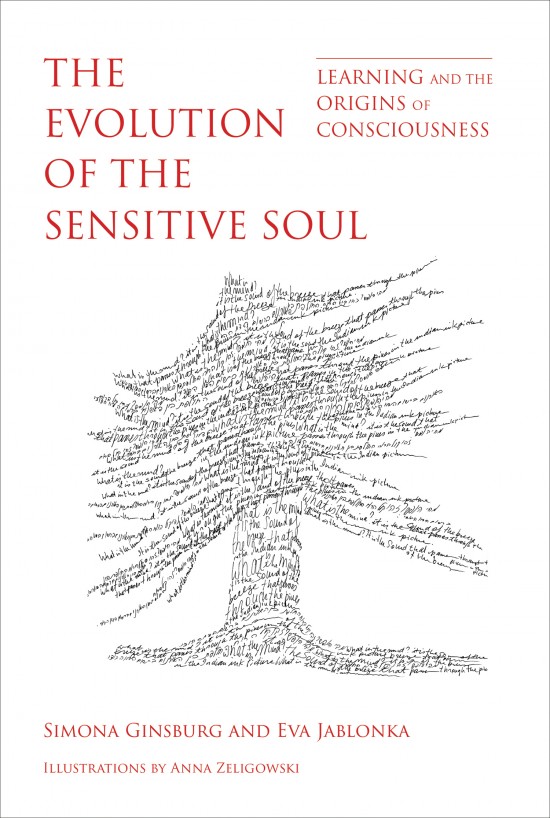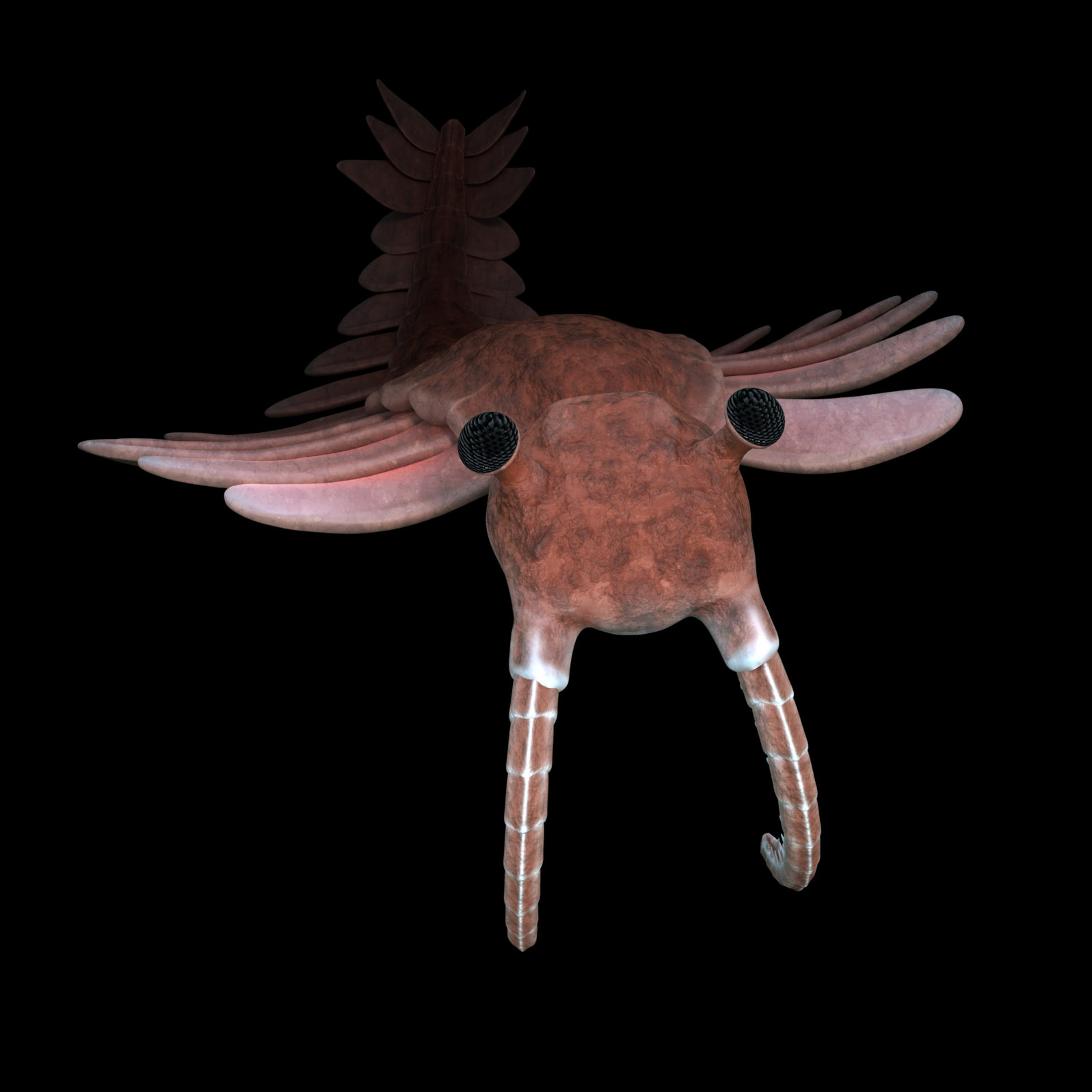Did Minimal Consciousness Drive the Cambrian Explosion?
Eva Jablonka’s team makes the daring case, repurposing Hungarian chemist Tibor Gánti’s origin of life studiesEva Jablonka is “one of the world’s foremost experts in epigenetic inheritance and evolution” but she has also had a longstanding interest in consciousness studies. She was author, with Marion J. Lamb, of Evolution in Four Dimensions: Genetic, Epigenetic, Behavioral, and Symbolic Variation in the History of Life (MIT Press 2006/rev. 2014).

She and neurobiologist Simona Ginsburg, along with illustrator Anna Zeligowski, offer a new approach to the origin of consciousness in an essay at IAI.TV — one with an interesting departure from many approaches to consciousness:
Taking their inspiration from Hungarian chemist Tibor Gánti (1933–2009), who posited a chemoton — the minimal life form or protocell — as the origin of life, they first attempt to define minimal consciousness, listing many requirements.
A minimal life form must show the ability to learn but it must also be a “subject of experience.” After all, as Ginsberg et al. point out, the MuZero algorithm can beat humans at any number of games but it is “as conscious as your washing machine.” They argue that “The evolution of learning drove the evolution of consciousness and the cognitive architecture of complex learning in living organisms constitutes basic consciousness.”
Where their approach differs from many is that they do not try to identify a mechanism of consciousness. In fact, they write,
The next step we took was search for an evolutionary transition marker that requires that all the characteristics we listed are in place. We looked at genes, proteins, anatomical brain regions and neurophysiological processes, but none of the many possibilities we examined entailed all the characteristic of consciousness.
Simona Ginsberg, Eva Jablonka, and Anna Zeligowski, “The origin of consciousness: Identifying the evolutionary markers of when consciousness exploded” at IAI.TV (August 20, 2021)
They are looking, rather, for transition markers between one stage of consciousness and the next, in terms of actual behavior. They settled on the concept of unlimited associative learning (UAL). That’s an interesting shift in emphasis if we recall a 1998 science wager between two big names in consciousness studies:
TWENTY years ago this week [1998], two young men sat in a smoky bar in Bremen, northern Germany. Neuroscientist Christof Koch and philosopher David Chalmers had spent the day lecturing at a conference about consciousness, and they still had more to say. After a few drinks, Koch suggested a wager. He bet a case of fine wine that within the next 25 years someone would discover a specific signature of consciousness in the brain. Chalmers said it wouldn’t happen, and bet against.
Per Snaprud, “Consciousness: How we’re solving a mystery bigger than our minds” at New Scientist (June 20, 2018)
Well, the wager has only two years to run now and, barring a sudden, dramatic discovery, it looks as though consciousness may not be a “specific signature” at all.

One reason for doubt about such a signature is provided by Ginsberg’s team’s findings: Were a physical “signature” the explanation of consciousness, we might expect to find that consciousness follows simple rules of heredity: But when the team tried to determine, from behavior, which life forms over evolutionary time have demonstrated at least minimal consciousness, they found,
Our survey of the vast (yet very patchy) learning literature of the last 100 years revealed no evidence of UAL [unlimited associative learning] in most animal groups, including medusa, flat worms and slugs. It has, so far, been found only in three groups: most of the vertebrates (fish, amphibians, reptiles, birds and mammals), some of the arthropods (e.g., crabs, bees, crickets, cockroaches) and some mollusks (the cephalopod – squid, cuttlefish and octopus).. We discovered that although the brains of these animals are anatomically very different, they have similar functional units that generate models of the world, the body, and prospective actions, a memory system that can store composite representations, and an integrating and flexible system that evaluates and updates them. This cognitive architecture gives us a clue to the function of consciousness: it enables the organism to make context-dependent decisions that are based on its subjectively-experienced perceptions and motivations.
Simona Ginsberg, Eva Jablonka, and Anna Zeligowski, “The origin of consciousness: Identifying the evolutionary markers of when consciousness exploded” at IAI.TV (August 20, 2021)
If the life forms’ brains are anatomically very different, it makes more sense to track consciousness by evidence from behavior, as the researchers are doing, than by the long-sought evidence from anatomy. But that entails decoupling consciousness from a specific physical structure. That’s a different direction from the 1998 wager.
Ginsberg’s team argues for the Cambrian explosion as the first evidence for minimal consciousness:
The fossil record told us that in arthropods and vertebrates brain structures that could support UAL and consciousness first appeared during the Cambrian era, a geologically short period beginning 542 million years ago (MYA) and ending 485 MYA. This era is aptly called the Cambrian explosion, because it was during this period that almost all currently existing animal phyla originated and diversified. The cephalopods mollusks [squid, cuttlefish, and octopus] appeared in the fossil record 250 million years later, so UAL and consciousness seem to have originated more than once and the first origins of UAL are very ancient indeed.
Simona Ginsberg, Eva Jablonka, and Anna Zeligowski, “The origin of consciousness: Identifying the evolutionary markers of when consciousness exploded” at IAI.TV (August 20, 2021)
In short, appropriate brain structures are necessary to support minimal consciousness but they do not need to be specific ones. Rather, the smart cephalopods seem to be an instance of convergent evolution — a common target rather than common ancestry. For example, the cephalopods have a much closer common ancestor with the nautilus than with the bird. Yet birds definitely show consciousness, whereas the nautilus is not known for any consciousness (or intelligence) at all.
Ginsberg et al. argue that minimal consciousness was one of the factors that drove the Cambrian explosion:
Unlimited associative learning was an adaptive strategy that dramatically expanded the ability of animals to learn to exploit new environmental resources during their own lifetime. So was it one of the engines that drove the Cambrian explosion? We believe that it was.
Simona Ginsberg, Eva Jablonka, and Anna Zeligowski, “The origin of consciousness: Identifying the evolutionary markers of when consciousness exploded” at IAI.TV (August 20, 2021)
One difficulty Ginsberg et al. face (which would be faced by anyone doing this type of research) is that we cannot study Cambrian life forms as if they were living ones. We can infer behavior from body parts but there is much we could not know from fossils alone (did they engage in mating rituals or conflicts, for example?). That said, the team’s behavior-based approach to minimal consciousness is likely to prove more useful, given what we already know, than looking for a consciousness module in the brain. It does require, however, that we see consciousness as a less material feature, even in animals, than many theorists would like.
You may also wish to read: Science journalist: No hype! Consciousness is a hard problem. Michael Hanlon reflected on the many futile efforts to “solve” consciousness.
